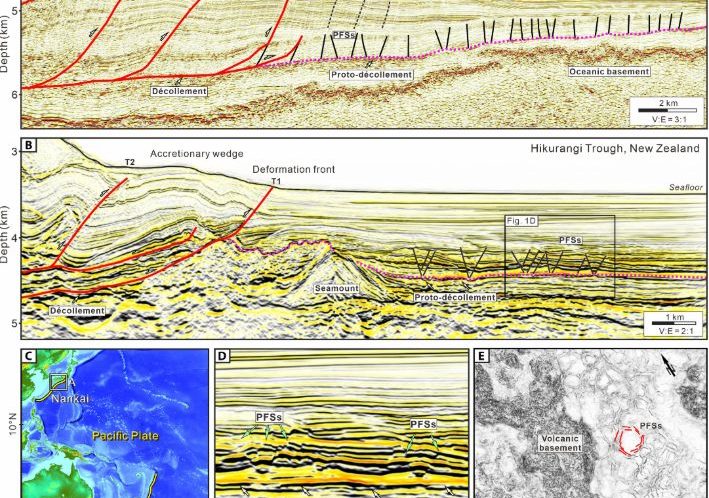Scientists have discovered hidden fault systems off New Zealand’s east coast that help explain the mystery of “slow earthquakes.”
The new study, published in Science Advances, found that shallow geological features known as polygonal fault systems (PFSs) play a key role in the northern Hikurangi subduction zone, where the Pacific Plate slips beneath the Australian Plate. Unlike the south, which is locked and capable of producing massive quakes, the northern section regularly experiences slow slip events—movements that unfold over days or months without sudden shaking.
Researchers used 3D seismic imaging and deep-sea drilling to reveal how these ancient faults can reactivate as they are dragged into the subduction zone. They also act as fluid pathways, which scientists believe are central to triggering slow earthquakes.
While these events don’t cause violent shaking, they can increase stress on nearby faults and potentially trigger damaging quakes or tsunamis. Similar fault systems have been observed in Japan and elsewhere, meaning the findings could reshape global understanding of subduction zones.
Dr Philip Barnes of Earth Sciences New Zealand says the discovery is “a major step forward in understanding the geological processes happening beneath our coastlines.”




